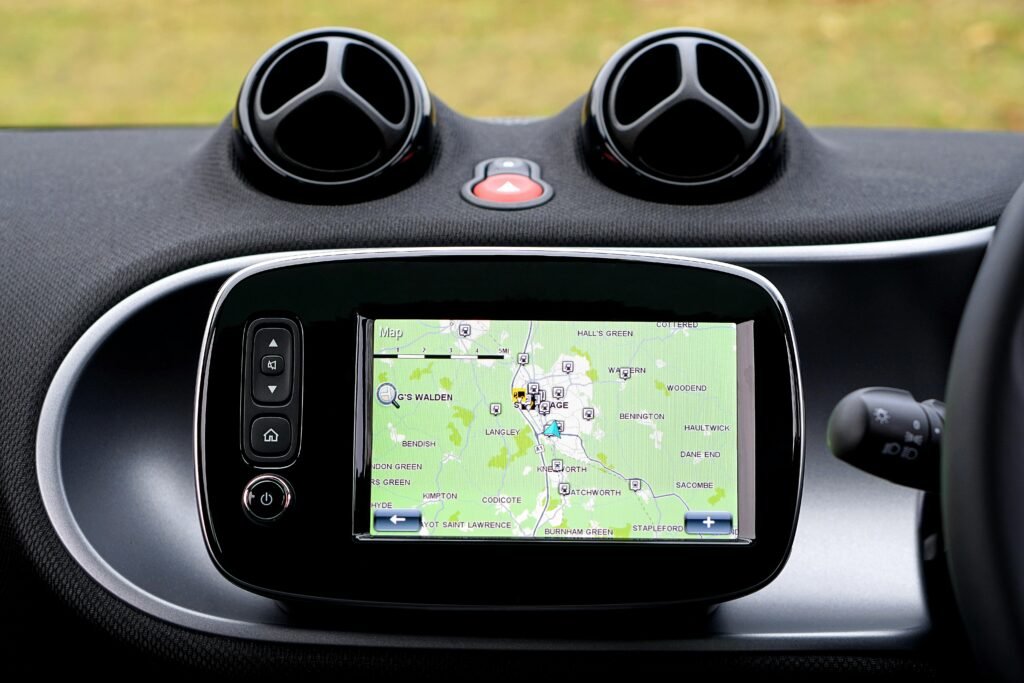
When most people think of satellites, they imagine high-tech equipment floating silently in space. While that part is true, what many don’t realize is how deeply satellites are woven into our daily lives. From checking the weather in the morning to watching TV at night, satellites work behind the scenes to make modern life possible.
In this article, we’ll explore four surprising ways satellites support your everyday routine.
- Navigation and GPS: Finding Your Way from Space
Have you ever used Google Maps to avoid traffic or find a new coffee shop? That seamless experience is powered by a network of GPS (Global Positioning System) satellites orbiting Earth.
These satellites continuously send signals to your phone, helping it determine your exact location. GPS is essential not just for personal travel, but also for logistics, aviation, maritime navigation, and even agriculture.
Fun fact: Your phone typically connects to at least 4 satellites at once to calculate your position accurately. - Weather Forecasting: Planning with Confidence
Thanks to weather satellites, we can track storms, monitor cloud formations, and forecast weather with remarkable accuracy. These satellites orbit the Earth to observe atmospheric patterns and environmental changes in real time.
Meteorologists rely on satellite data to predict rain, wind, hurricanes, and temperature shifts — crucial for everything from daily forecasts to disaster preparedness.
Without satellites, our weather forecasts would be far less accurate — and far less helpful. - Internet and Communication: Staying Connected Anywhere
While most urban areas rely on fiber-optic cables for internet access, many rural and remote regions depend on satellite connections. Communication satellites make it possible to deliver internet and phone services to areas beyond the reach of ground-based infrastructure.
They also provide a critical backup during emergencies when terrestrial networks go down, such as during natural disasters.
Satellite internet providers like Starlink are expanding access to remote communities around the globe. - Television and Media Broadcasting: Entertainment from Orbit
Ever wondered how live broadcasts travel halfway around the world in real time? That’s the work of communication satellites transmitting signals from one part of the globe to another.
Whether you’re watching a sports final, a global event, or a live news report, there’s a good chance a satellite is delivering that signal directly to your screen.
Even traditional satellite TV services rely on geostationary satellites to beam channels to your home.
Conclusion: The Silent Partners in Your Daily Life
Though we rarely see or think about them, satellites are vital to the systems we use every day. They enable convenience, safety, and global connectivity — all from hundreds or even thousands of kilometers above our heads.
Next time you check your phone, watch a forecast, or stream a movie, remember: space is closer than you think.
